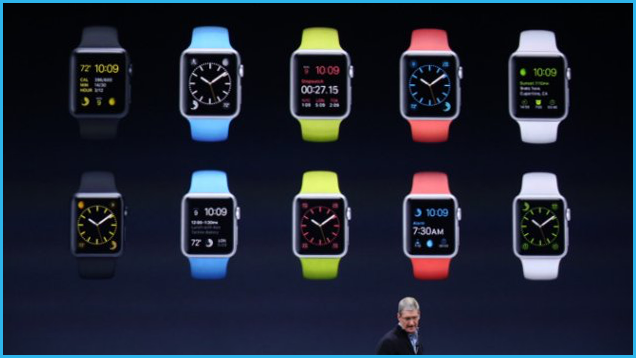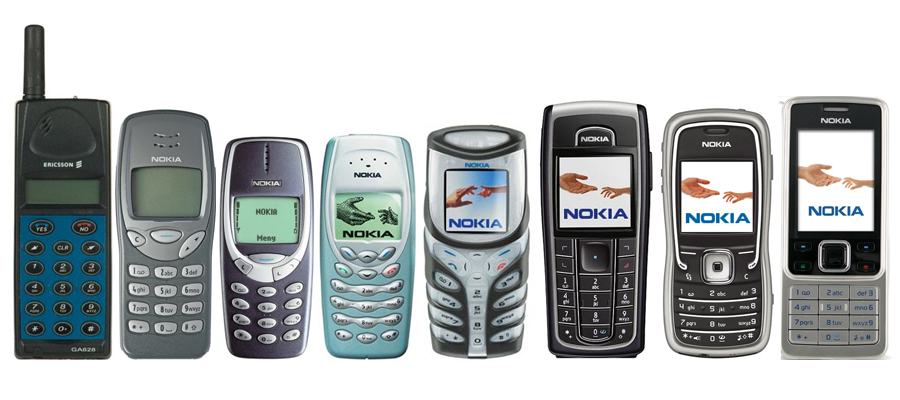The Nano, The Camera and the Steves
May the iPod nano rest in peace. Apple finally but to bed arguably their most colourful device, in the shadow of the technology that has overshadowed it for a while now. Sure the iPod shuffle shares the demise, but it’s the nano that will be missed. You know, not from a useful-tech perspective, but from a sentimental perspective. If you didn’t have one, you knew someone who did. It was arguably the most colourful leap forward in tech of its generation. Something Apple would do well to bring back into their repertoire (have you seen the pathetic pastel offerings of cases and devices of late?).
But all this got me thinking. It’s crazy how fast things can change. In my business, it’s very evident that the latest technology is already dated the moment you leave the shop. A quick think back to my first ever computer reveals either how fast things can change or just my age. One of the two.
I remember going to PC World with my family as my Dad discussed specifications with the salesperson. I was far too young to know what he was talking about, but if I were to go back as a fly on the wall, I think the PC’s specifications would be laughable by today’s standards – but – back then, it was top of the range.
I remember the giant CRT monitor, that would take up the majority of the desk for a relatively small image size. I remember the giant horizontal CPU, complete with floppy disk drive and the brand new ‘CD Rom Drive’ that was only included on the newest of machines. Complete with Microsoft 95 operating system, this bit of kit was world changing for little me…
Read more








